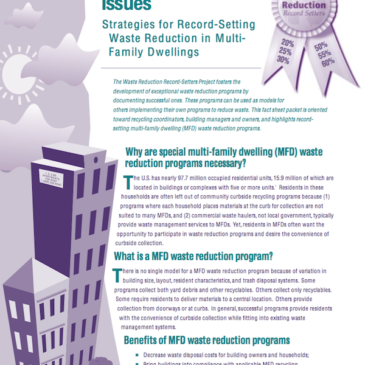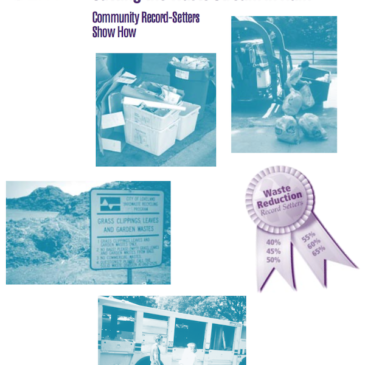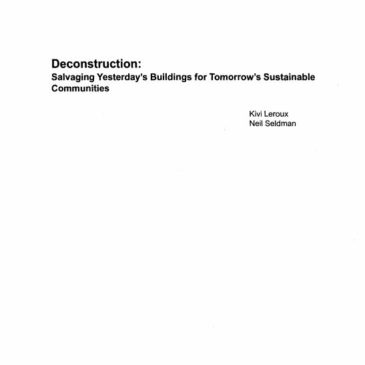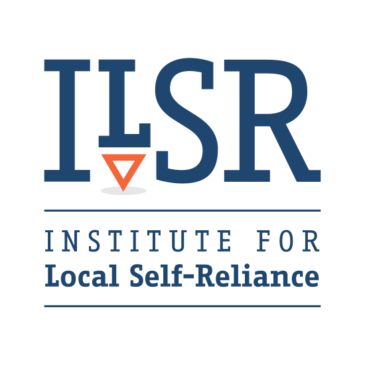Complex Recycling Issues: Strategies for Record-Setting Waste Reduction in Multi-Family Dwellings
Multi-family buildings are often overlooked when communities offer their residents recycling services. This fact sheet packet features four model apartment buildings and complexes, from garden apartments to high-rises, that are recycling between 20 and 65% of their discarded materials. Also profiled are five communities that provide recycling service to their multi-family dwelling sector. by Kelly Lease, … Read More







